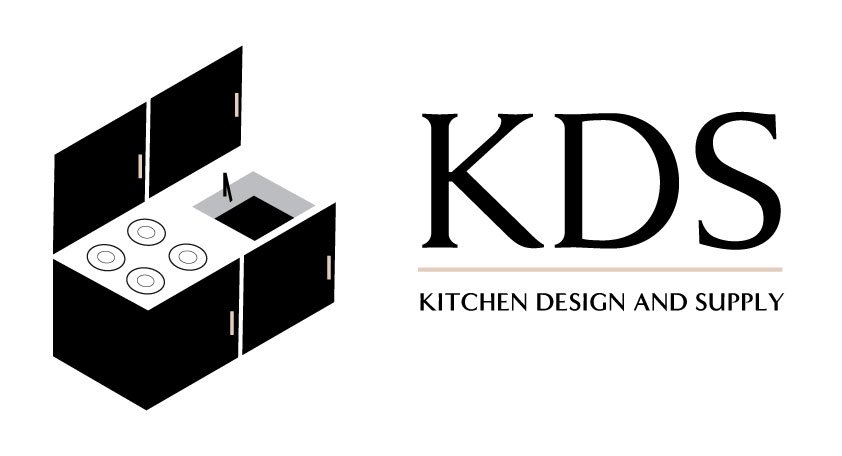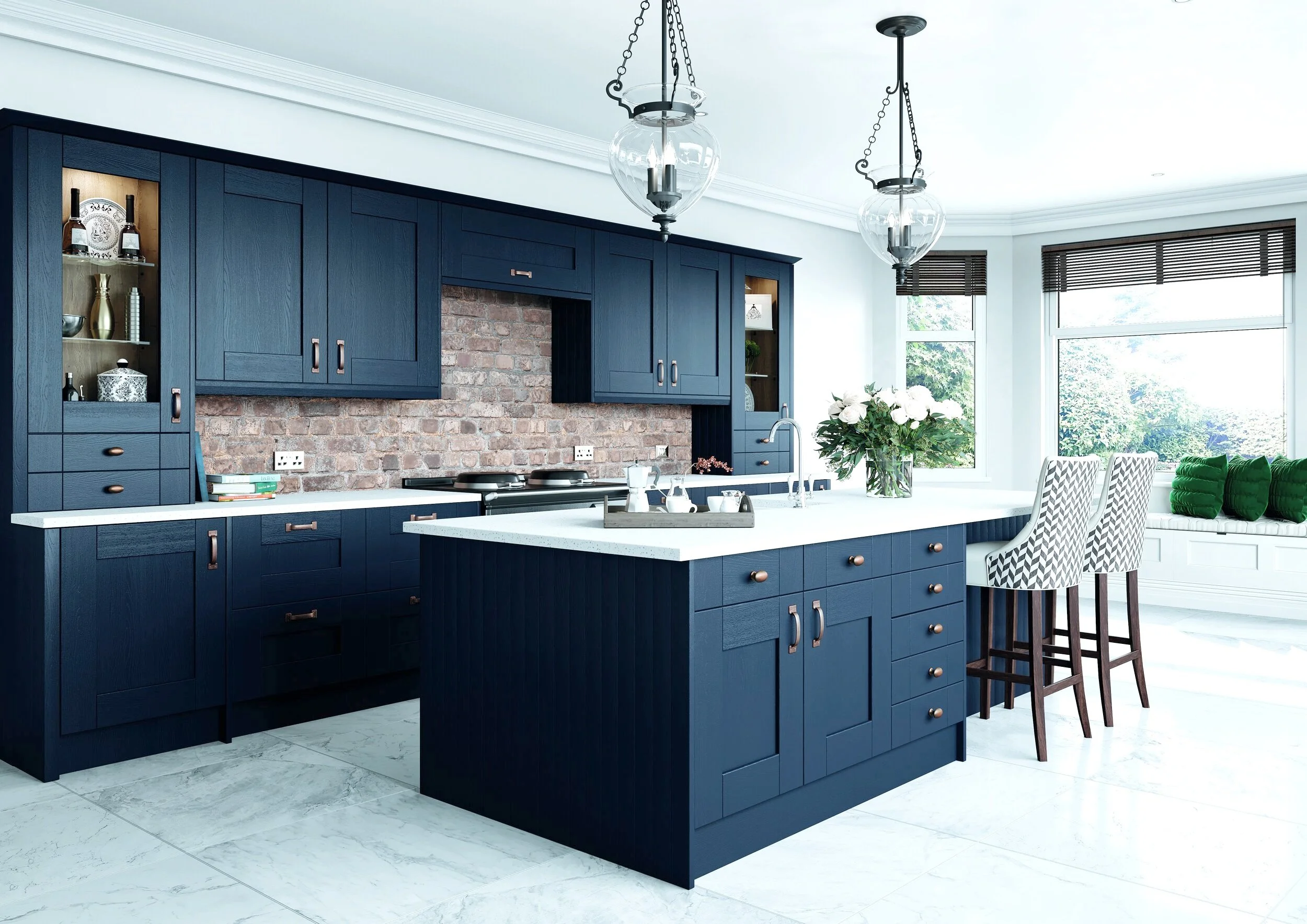Your New Cheshire Kitchen
A Guide to Planning Your New Cheshire Kitchen
Planning a new kitchen is an exciting venture, especially in a place as picturesque and charming as Cheshire. Known for its beautiful countryside, historic towns, and quaint villages, Cheshire offers a unique backdrop for designing your dream kitchen. This guide will walk you through the key steps in planning your new kitchen and explain why hiring a professional is often the best choice over a DIY approach. We'll also highlight some of the most populated towns and villages in Cheshire for context.
Step 1: Define Your Needs and Wants
Before diving into design specifics, it's essential to outline what you need and want from your new kitchen. Consider the following:
Functionality: How do you use your kitchen? Is it primarily for cooking, or do you also need space for dining, entertaining, or homework?
Aesthetics: What style resonates with you? Do you prefer a modern, sleek look, a traditional country kitchen, or something in between?
Budget: Set a realistic budget which includes a buffer for unexpected costs.
Step 2: Create a Layout
The layout is a critical aspect of kitchen design. Common layouts include:
L-shaped: Suitable for small to medium-sized kitchens, offering efficient work triangles.
U-shaped: Provides ample counter space and storage, ideal for larger kitchens.
Galley: Efficient for narrow spaces, allowing for easy workflow.
Open-plan: Perfect for those who love to entertain, offering a seamless flow into living areas.
Step 3: Choose Your Materials and Finishes
Selecting the right materials and finishes can transform the look and feel of your kitchen. Consider:
Cabinets: Options include solid wood, laminate, or veneer.
Countertops: Choices range from granite, quartz, marble, to laminate.
Flooring: Tile, hardwood, vinyl, or laminate are popular choices.
Backsplash: Materials include tile, glass, metal, or stone.
Step 4: Lighting and Appliances
Good lighting and quality appliances are essential components of a functional kitchen:
Lighting: Incorporate task lighting, ambient lighting, and accent lighting.
Appliances: Choose energy-efficient models that fit your cooking habits and lifestyle.
Step 5: Hiring a Professional vs. DIY
Benefits of Working with a Professional
While the DIY approach may seem appealing due to potential cost savings and the satisfaction of doing it yourself, there are significant benefits to hiring a professional:
Expertise and Experience:
Knowledge: Professionals bring years of experience and industry knowledge to your project. They understand the latest trends, materials, and techniques to ensure your kitchen is both functional and stylish.
Problem-solving: Experienced designers and contractors can anticipate and address issues before they become major problems, saving you time and money.
Design Skills:
Custom Solutions: Professionals can create bespoke designs tailored to your specific needs and preferences. They can also provide 3D renderings, helping you visualise the final result.
Space Optimisation: They know how to make the most of your space, ensuring efficient workflow and optimal storage.
Quality and Durability:
Materials: Professionals have access to high-quality materials and trusted suppliers, ensuring your kitchen stands the test of time.
Craftsmanship: Skilled tradespeople deliver superior craftsmanship, which is often difficult to achieve with a DIY approach.
Time and Convenience:
Project Management: Professionals manage the entire project from start to finish, coordinating schedules, deliveries, and installations. This allows you to focus on your daily routine without the stress of overseeing a renovation.
Efficiency: With a team of experts, the project is likely to be completed faster and with fewer disruptions.
Value Addition:
Increased Home Value: A professionally designed and installed kitchen can significantly increase the value of your home. It’s an investment that pays off in the long run.
Warranty and Support: Many professionals offer warranties on their work and ongoing support, providing peace of mind that any future issues will be addressed promptly.
The DIY Approach: Considerations and Challenges
Skill Level:
Learning Curve: Unless you have prior experience, the learning curve for kitchen design and installation can be steep.
Quality: Achieving a professional finish can be challenging without the right skills and tools.
Time Commitment:
Time-Consuming: DIY projects often take longer than anticipated, especially if you’re balancing the work with other commitments.
Project Delays: Lack of experience can lead to mistakes and delays, increasing the overall cost and duration of the project.
Cost Overruns:
Hidden Costs: DIY projects can sometimes end up costing more due to unforeseen issues, mistakes, and the need to hire professionals to fix errors.
Stress and Frustration:
Complexity: Managing a kitchen renovation involves numerous tasks and decisions, which can be overwhelming and stressful without professional support.
Step 6: Finalising Your Plans
Once you’ve decided to work with a professional, collaborate closely with them to finalise your plans. Be clear about your budget, timeline, and expectations. Regular communication will ensure the project stays on track and aligns with your vision.
Most Populated Towns and Villages in Cheshire
For those unfamiliar with Cheshire, it’s helpful to know some of the most populated areas, which can influence design preferences and available resources:
Chester: The historic county town with stunning medieval architecture and a vibrant urban atmosphere.
Crewe: Known for its railway heritage and growing as a hub for business and technology.
Ellesmere Port: Offers a mix of suburban living with easy access to shopping and amenities.
Macclesfield: Nestled at the edge of the Peak District, it combines market town charm with beautiful countryside.
Northwich: Located in the heart of Cheshire, known for its waterways and rich industrial history.
Winsford: A town with a blend of residential areas and natural beauty, including the nearby Cheshire Plain.
Wilmslow: A desirable area with upscale homes, boutique shops, and proximity to Manchester.
Congleton: A picturesque town offering a mix of historical sites and modern amenities.
Nantwich: Known for its well-preserved Tudor buildings and thriving community events.
Runcorn: A town with significant industrial heritage and strong transport links.
Conclusion
Creating your new Cheshire kitchen is a significant investment that can enhance both the functionality and aesthetic appeal of your home. While the DIY approach might seem tempting, the benefits of working with a professional often outweigh the potential cost savings. Professionals bring expertise, experience, and efficiency to the project, ensuring a high-quality result that adds value to your home.
By carefully planning and choosing the right partners, you can achieve the Cheshire kitchen of your dreams with less stress and better results. Embark on your kitchen renovation journey with confidence, knowing that the right team will help you create a beautiful and functional space that you’ll love for years to come.

